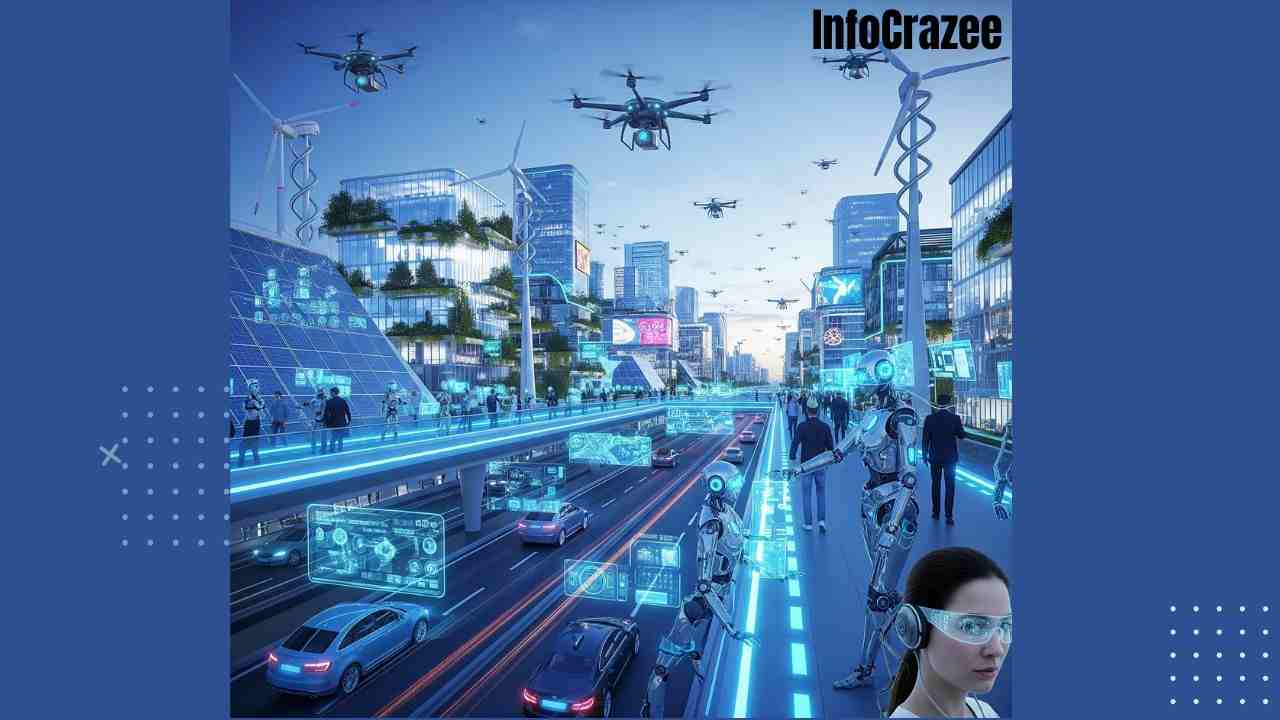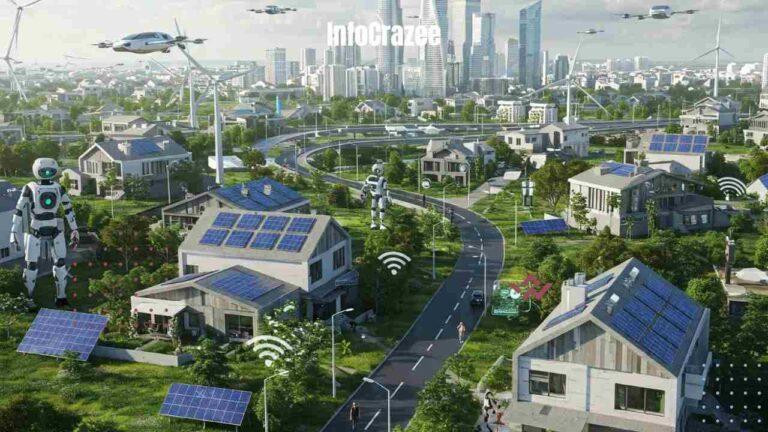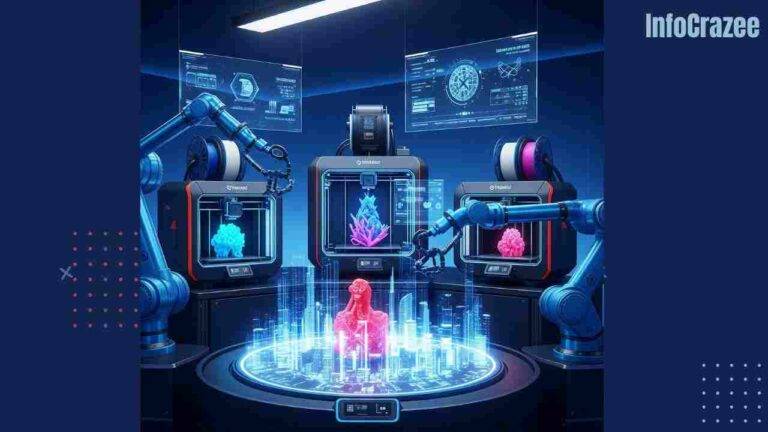7 Cutting-Edge Future Tech Trends to Watch in 2030
As we approach 2030, technological innovation is accelerating at an unprecedented pace, reshaping industries, economies, and daily life. From advancements in artificial intelligence to breakthroughs in biotechnology, the next five years promise transformative changes. Below are seven cutting-edge tech trends to watch in 2030, each poised to redefine how we live, work, and interact with the world.
1. Autonomous Everything
Autonomous systems are expanding beyond self-driving cars to encompass entire ecosystems. By 2030, expect:
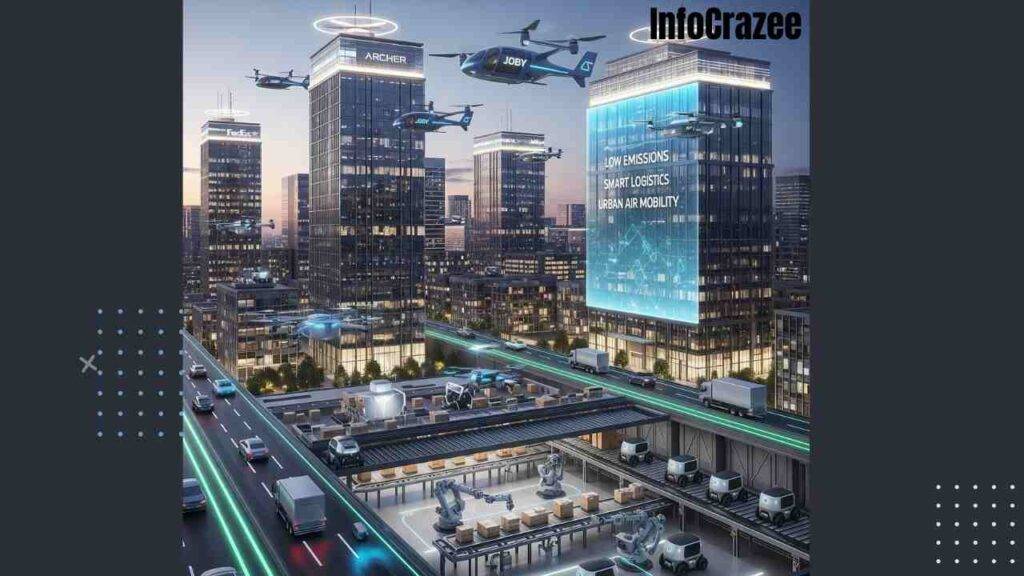
- Urban Air Mobility: Autonomous drones and eVTOL (electric vertical takeoff and landing) vehicles will revolutionize urban transportation, with companies like Joby Aviation and Archer scaling commercial air taxi services.
- Smart Logistics: Fully autonomous supply chains, powered by AI and robotics, will optimize last-mile delivery, with Amazon and FedEx deploying drone fleets and robotic warehouses.
- Impact: Reduced traffic congestion, lower carbon emissions, and faster delivery times, though regulatory frameworks and public trust remain hurdles.
2. Quantum Computing Goes Mainstream
Quantum computing is transitioning from research labs to practical applications. By 2030:
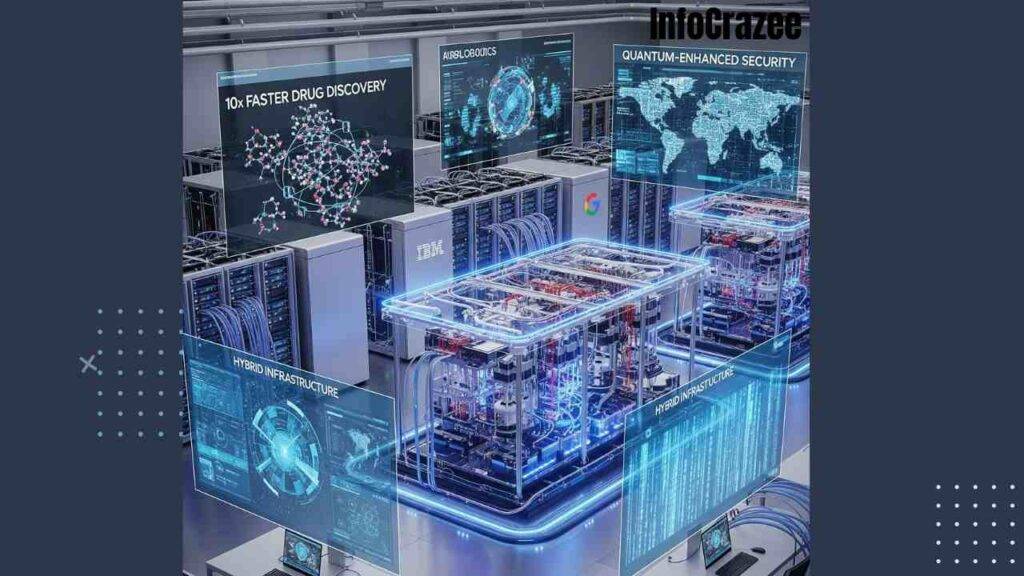
- Commercial Use Cases: Companies like IBM and Google will deliver quantum solutions for drug discovery, cryptography, and supply chain optimization. For example, quantum simulations could accelerate pharmaceutical R&D by 10x.
- Hybrid Systems: Classical-quantum hybrid computing will bridge current infrastructure with quantum advancements, enabling businesses to adopt quantum incrementally.
- Impact: Solving complex problems in minutes that would take classical computers centuries, though accessibility and cost will limit early adoption.
3. AI-Driven Personalized Medicine
Artificial intelligence is transforming healthcare by enabling hyper-personalized treatments. By 2030:
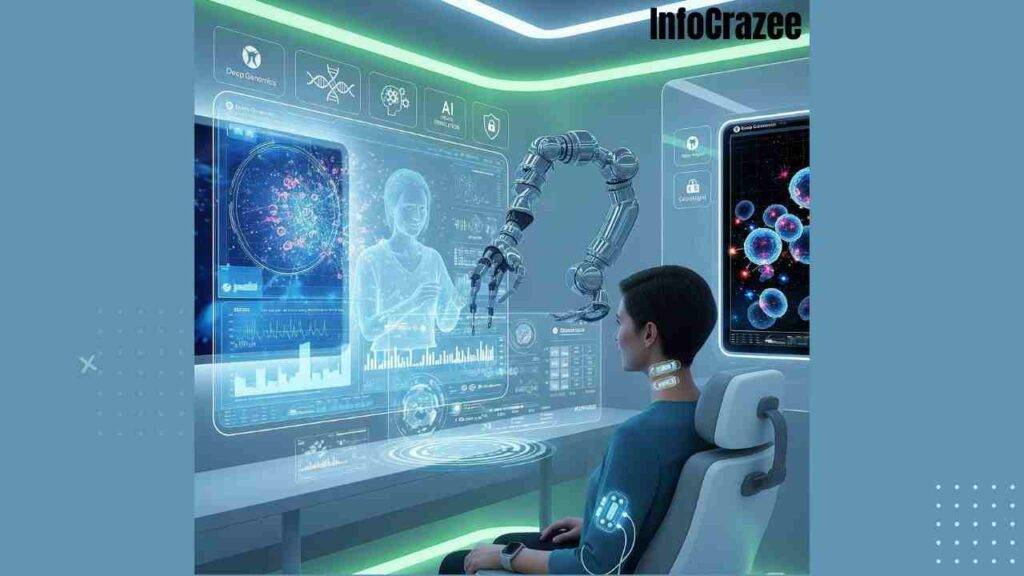
- Genomic AI: AI platforms will analyze individual genomes in real time, tailoring treatments for cancer, rare diseases, and chronic conditions. Companies like Deep Genomics are already advancing this field.
- Wearable Health Monitors: Next-gen wearables, integrated with AI, will predict health risks (e.g., heart attacks) days in advance, syncing with telemedicine platforms.
- Impact: Improved patient outcomes and reduced healthcare costs, though data privacy and ethical concerns will require robust governance.
4. Extended Reality (XR) Universes
Extended reality—encompassing virtual reality (VR), augmented reality (AR), and mixed reality (MR)—will create immersive digital worlds by 2030:
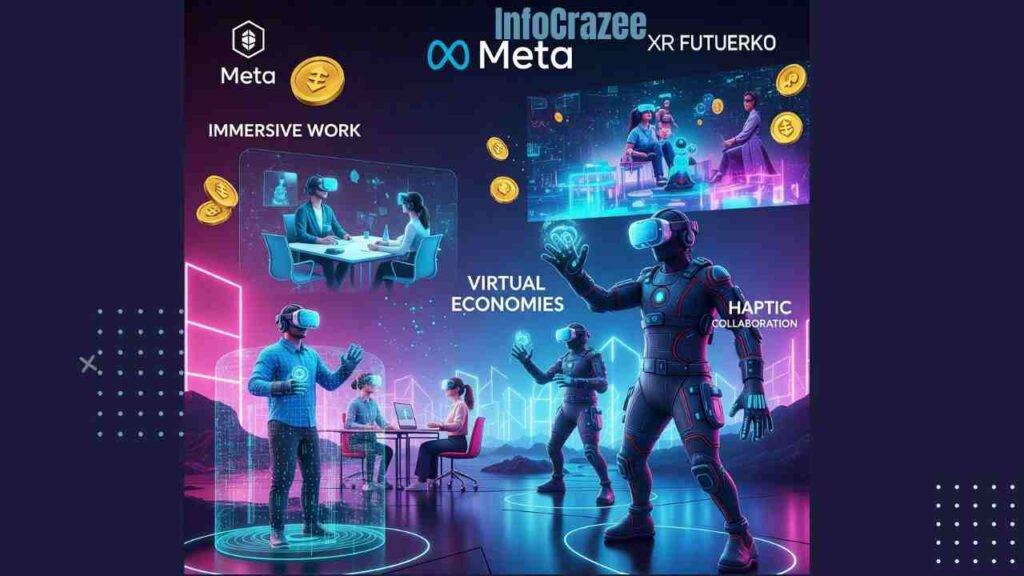
- Metaverse Evolution: Decentralized metaverse platforms, powered by blockchain, will enable virtual economies for work, education, and entertainment. Expect Meta and new players to dominate.
- Haptic Technology: Advanced haptic suits and neural interfaces will simulate touch and sensation, enhancing gaming, training, and remote collaboration.
- Impact: Redefined social and professional interactions, though addiction risks and digital divides may exacerbate inequalities.
5. Sustainable Energy Breakthroughs
The race to net-zero emissions is driving innovation in energy technologies. By 2030:
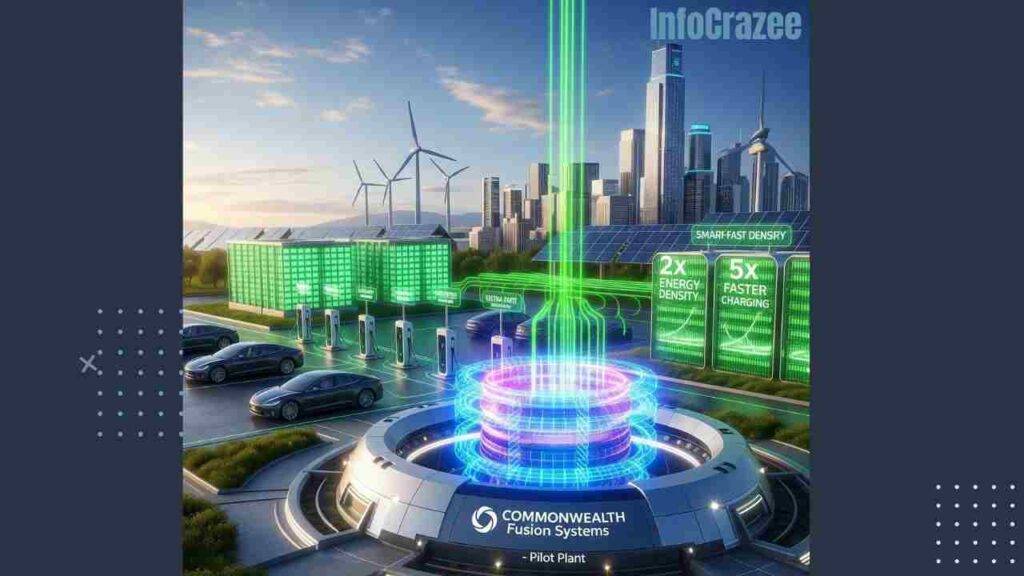
- Fusion Energy: Early commercial fusion reactors, led by companies like Commonwealth Fusion Systems, will provide near-limitless clean energy, with pilot plants operational by 2028.
- Next-Gen Batteries: Solid-state and graphene-based batteries will power electric vehicles and grids, offering 2x energy density and 5x faster charging than current lithium-ion batteries.
- Impact: Accelerated decarbonization and energy independence, though scaling infrastructure will face logistical challenges.
6. Brain-Computer Interfaces (BCIs)
BCIs are bridging the gap between human cognition and technology. By 2030:
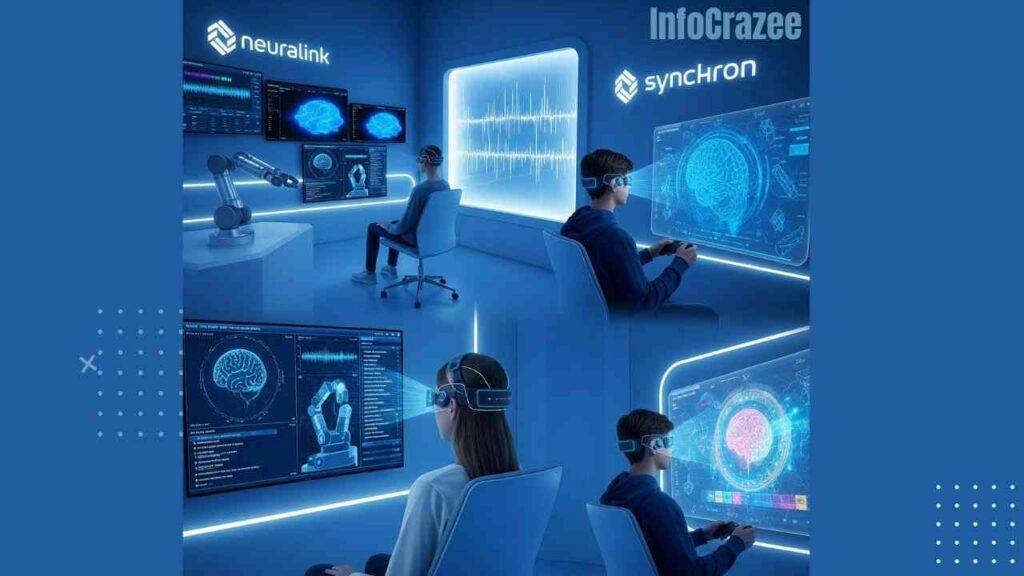
- Medical Applications: Non-invasive BCIs, like those from Neuralink and Synchron, will restore mobility and communication for patients with paralysis or neurological disorders.
- Consumer Use: Early consumer BCIs will enable thought-controlled devices, such as smartphones or gaming consoles, enhancing accessibility and entertainment.
- Impact: Revolutionary healthcare and human-computer interaction, though ethical concerns around privacy and autonomy will spark debate.
7. Synthetic Biology and Bioengineering
Synthetic biology is redefining how we engineer living systems. By 2030:

- Lab-Grown Organs: 3D bioprinting and gene editing (e.g., CRISPR) will produce transplantable organs, reducing waitlists. Companies like Organovo are pioneering this space.
- Bio-Based Materials: Microbes engineered to produce sustainable materials, like biodegradable plastics or carbon-neutral fuels, will disrupt manufacturing and energy sectors.
- Impact: Solutions to organ shortages and environmental challenges, though regulatory approval and public acceptance will be critical.
Challenges and Opportunities
These trends promise immense potential but come with challenges:
- Ethical Dilemmas: AI, BCIs, and synthetic biology raise questions about privacy, equity, and unintended consequences.
- Regulatory Lag: Governments will struggle to keep pace with innovation, potentially stifling progress or creating risks.
- Global Collaboration: Addressing climate and health challenges will require cross-border cooperation and investment.
Looking Ahead
By 2030, these technologies will converge to create a world that is more connected, sustainable, and personalized. Businesses, governments, and individuals must adapt to harness their potential while addressing risks. Staying informed and agile will be key to thriving in this transformative decade.
For innovators and leaders, the time to act is now. Invest in R&D, foster ethical frameworks, and build partnerships to shape a future where technology serves humanity’s greatest needs.
